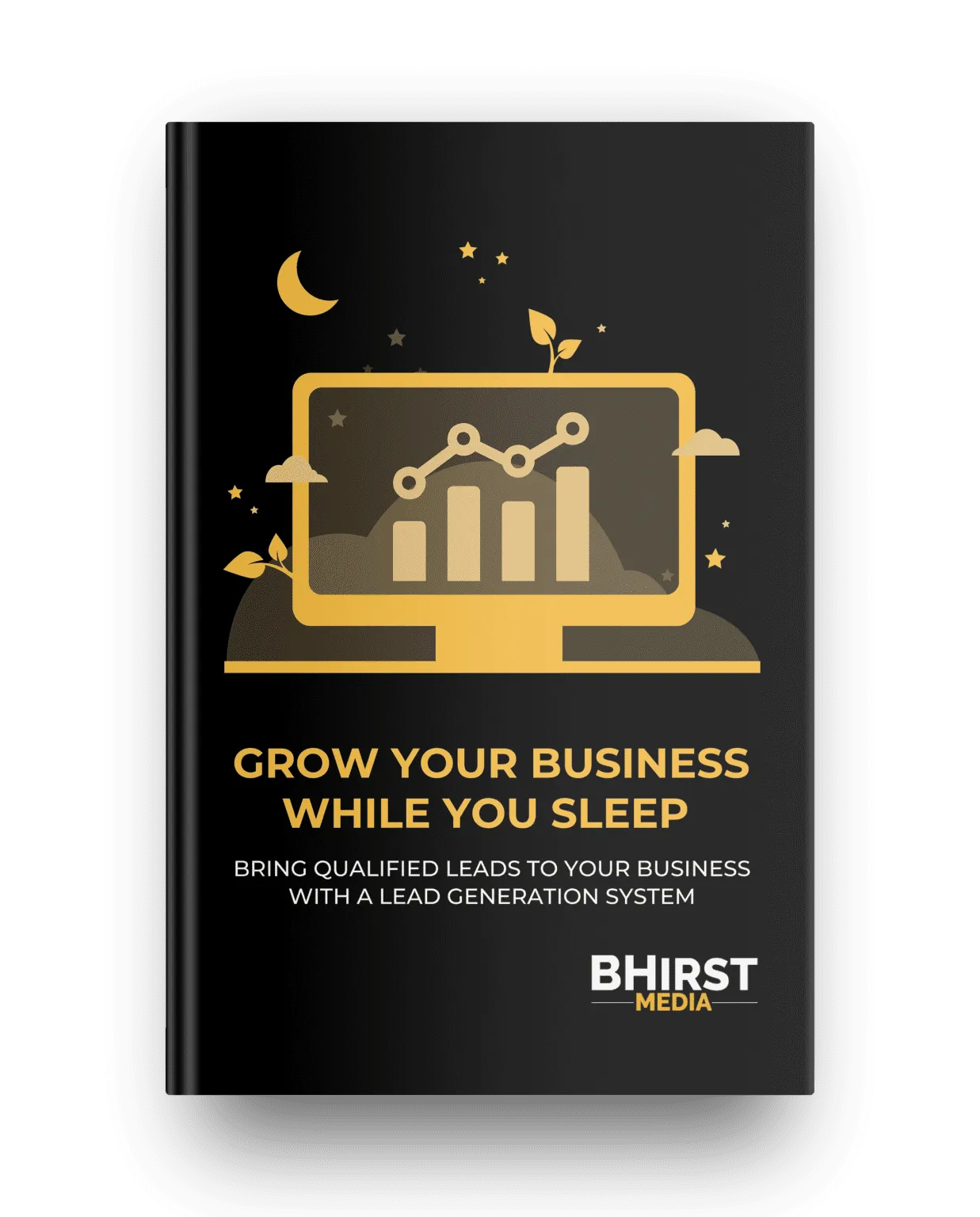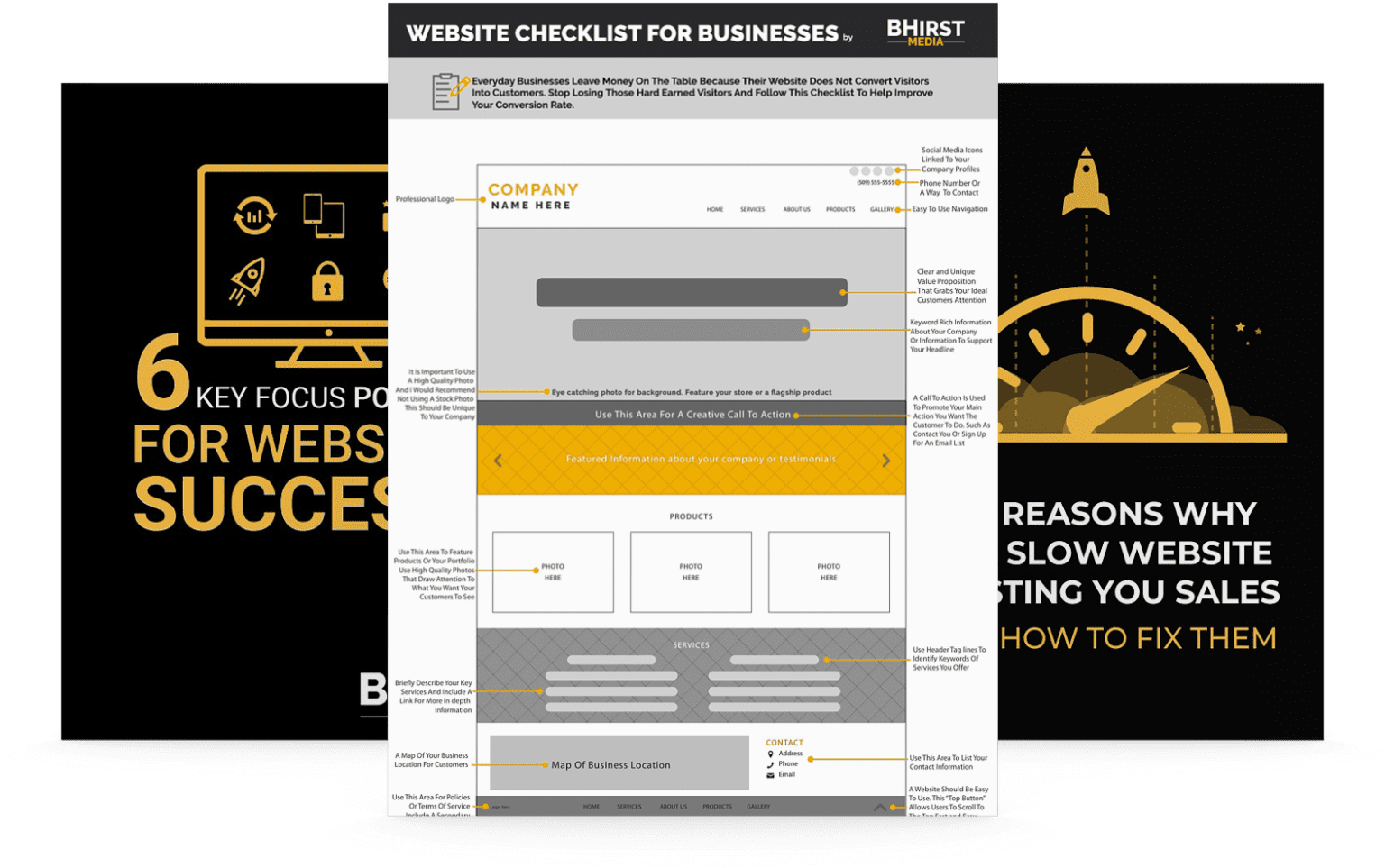
Struggling to expand your customer base? ‘How to get more leads’ is a question that plagues many businesses aiming for growth. In this article, we’ll cut straight to the chase and share proven strategies that can help you capture more leads, nurture them efficiently, and convert them into loyal customers. Expect practical tips on optimizing your web presence, leveraging social media, and implementing strong call-to-actions, all designed to enhance your lead generation efforts.
Lead generation is a vital step in business growth, where various strategies are used to attract and convert potential customers into leads; this involves nurturing leads and focusing on qualified leads that are more likely to make a purchase.
Diverse lead generation strategies include optimizing websites and content, leveraging email marketing, utilizing social media platforms, and implementing SEO techniques—each playing a unique role in attracting potential customers.
Measuring the success of lead generation efforts is essential, which involves tracking performance, analyzing KPIs such as the number of Sales Qualified Leads (SQLs) and lead-to-customer conversion rates, and using A/B testing for continuous improvement.
If you’re new to the world of lead generation, you might be wondering, “What exactly is a lead?” Simply put, a lead is any person who expresses interest in a company’s product or service. This could be someone who fills out a form on your website, downloads an e-book, or simply subscribes to your newsletter. They’ve indicated that they’re open to hearing more from you, and that’s what makes them a potential goldmine for your business.
Could you explain the process you use to generate these leads? I’m interested in learning more about it. This is where the lead generation process comes into play. This strategic process involves activities that capture the target audience’s attention, engaging them through different marketing channels. The aim here is to get prospective customers to share their contact information and opt into marketing or sales communications. This process encompasses various tactics, campaigns, and strategies designed to attract potential leads and convert them into customers.
However, not all leads are created equal. The quality of leads matters, and this is where the concept of a “qualified lead” comes in. A qualified lead is a potential customer who has shown a step towards a potential purchase, indicating a consideration of your products or services. These leads are crucial to business growth because they are more likely to convert into paying customers, resulting in increased revenue and profitability.
Now that we understand what lead generation is, it’s time to delve into its role in business growth. Leads are like seeds that, when nurtured properly, can grow into robust sales and drive your business’s revenue forward. A qualified lead, in particular, is a potential customer who has expressed interest and fits the profile of an ideal customer. These leads are the ones more likely to convert into paying customers, making them a crucial aspect of business growth. By focusing on obtaining leads for your business and taking the time to nurture leads, you can ensure a steady stream of potential clients and ultimately boost your revenue.
Effective lead management, which involves opening communication with leads, focusing on those more likely to convert into paying customers, and organizing lead data, is key in driving continuous business growth. The online lead generation process, including generating leads, forms a crucial part of the inbound marketing methodology, guiding leads from their initial awareness all the way to making the final purchase decision.
However, your work doesn’t stop once you’ve generated leads. In fact, it’s just the beginning. Analyzing your lead generation performance is crucial for refining your sales and marketing strategies. By tracking the success of your lead generation efforts, you can identify areas of improvement and optimize your strategies to achieve a higher return on investment.

In the quest to generate more leads, it’s essential to employ a multi-faceted approach. This involves leveraging various strategies to attract potential customers and convert them into leads. Some of these strategies include:
Optimizing your website and content
Utilizing email marketing campaigns
Leveraging social media platforms
Implementing SEO techniques
Each of these strategies serves a unique purpose and, when used together, can significantly improve your lead generation efforts.

For instance, referral programs utilize rewards to motivate current customers to refer new leads, effectively leveraging their trust and network to expand the customer base. On the other hand, contests and giveaways can encourage the sharing of contact information as participants register to win enticing prizes.
Another strategy involves integrating live chat functionalities on your website to provide immediate customer support and information, substantially reducing the chances of visitors leaving without becoming leads. The key lies in diversifying your strategies and continually testing and refining them to achieve the best results.
Let’s start by discussing the role of website and content optimization in lead generation. Your website is often the first point of contact between your business and potential customers. Therefore, optimizing your landing pages by clearly communicating the value proposition, minimizing distractions, and exhibiting social proof can lead to higher trust and conversion rates.
Lead generation forms are a crucial component of your landing pages. These forms should collect enough data to qualify leads while being simple enough to not deter users from completing them. Remember, the goal is to strike a balance between gathering valuable information and providing a seamless user experience.
Aside from optimizing your landing pages, providing quality content tailored to your audience’s interests and needs is equally important. This helps to earn their trust and encourages them to engage with your brand. Gated content, such as ebooks and white papers, act as lead magnets that attract qualified leads by offering value in exchange for their contact information.
Moving forward, let’s explore the role of email marketing campaigns in lead generation. Email marketing serves as a direct communication channel with potential customers, making it an effective method for nurturing leads. It allows you to engage with individuals who have already shown interest in your brand, thereby easing the process of prompting action and moving them further down the sales funnel.
And the return on investment? It’s pretty impressive. Email marketing yields an average return of $36 for every $1 spent, making it a highly cost-effective lead generation strategy.
To make the most of email marketing, it’s crucial to personalize your communications. This can be enhanced by utilizing customer relationship management (CRM) or lead management software, which allows you to tailor your messages based on the recipient’s previous interactions with your brand.
Next, let’s delve into the power of social media in lead generation. Social media platforms serve as effective channels for expanding your brand’s reach and connecting with your target audience. Running targeted ad campaigns on platforms like Facebook and Google can help you capture user information directly through forms embedded within ads, turning social media users into potential leads.
Not only can you use social media for paid advertising, but you can also leverage it for organic content. Organic social media content can support your lead generation strategy by creating engagement and fostering a deep connection with your audience.
Moreover, certain platforms offer unique features for lead generation. You can use Twitter’s Lead Gen Cards to generate leads directly within a tweet without having to leave the site. This feature allows for a seamless lead generation process. This ease of use can significantly improve your lead capture rate.
Last but not least in this series is the implementation of SEO techniques. SEO, or Search Engine Optimization, is one of the most effective and popular tactics in modern businesses’ lead generation strategies. It attracts visitors who are interested in the lead magnets and what the business offers.
Crafting SEO strategies that target higher rankings in search results not only drives more traffic to prioritized web pages but also provides a competitive edge in the crowded digital marketplace. It’s all about being seen by your potential customers when they’re actively searching for products or services like yours.
Moreover, optimization of landing pages via SEO practices can lead to increased traffic and improved conversion rates, turning visitors into potential leads. By aligning your content with what your audience is searching for, you can attract more qualified leads and improve your chances of converting them into customers.
While the strategies we’ve discussed so far are crucial, there’s always room for creativity in lead generation. Some creative approaches include:
Offering educational content
Free trials
Product demos that provide genuine value and entice customers to engage further
Running contests or giveaways with desirable prizes to generate quality leads with minimal effort.
For instance, analyzing existing traffic data can help you determine which posts and topics generate the most leads. You can then focus more on these areas to maximize your lead generation efforts. Additionally, utilizing positive customer testimonials can enhance trust and credibility, making potential customers more likely to convert into leads.
Moreover, using case studies that feature specific results, such as increased revenue or decreased costs, can demonstrate the value of your products or services to potential customers. This can be an effective strategy to attract high-quality prospects and convert them into leads.
Let’s start by discussing collaborations with industry experts and influencers. Collaborating with influencers can extend your brand’s reach and increase its audience by tapping into the influencer’s established follower base. This approach can be particularly effective when working with micro-influencers, who typically have smaller but highly engaged audiences. When their follower demographics align with your brand’s target demographic, you can generate highly qualified leads.
Another form of collaboration involves co-marketing arrangements. These allow partnering companies to create joint marketing campaigns that attract a larger array of leads than single-company promotions. By gaining access to new market segments and enjoying mutual exposure and engagement, your lead generation efforts can be significantly enriched.
Next, we’ll discuss the role of interactive content and quizzes in lead generation. These engagement tools can provide a fun way for users to share their contact information, which can then be used for lead generation. This can involve the use of quizzes, calculators, or other interactive tools that provide value in exchange for contact information.
Take, for instance, a fitness company offering a free personalized workout plan in exchange for a user’s email address. Or a financial advisory firm providing a free retirement calculator, requiring users to input their email to receive their results. The key lies in offering value that aligns with your audience’s needs and interests, encouraging them to willingly share their contact information.
Lastly, let’s delve into the benefits of organizing live events and webinars. Hosting live events and webinars allows businesses to:
Showcase their expertise
Connect directly with potential customers
Offer valuable insights and engaging content
Attract a highly engaged audience
Potentially convert them into leads.
Online events that require pre-registration can help in collecting valuable prospect data and encourage higher engagement from the participants. Additionally, integrating live chat functionality during these events facilitates real-time interaction, thus capturing lead data effectively.
After implementing various lead generation strategies, it’s crucial to measure the success of your efforts. Tracking lead generation performance is key to ensuring your campaigns drive the right kind of leads that are likely to become customers. By monitoring which marketing channels bring in the highest converting leads, you can better allocate your resources and optimize your strategies.
Understanding where leads drop off in the customer journey can also help refine your marketing, nurturing, and sales processes. This can involve analyzing your website’s bounce rate, email open rates, and other metrics to identify any bottlenecks in your lead generation process.
Moreover, online events that require pre-registration can collect valuable data from attendees, who typically have a high level of engagement and interest in the topic. This allows you to gather insights into your audience’s preferences and tailor your future lead generation efforts accordingly.

To effectively measure the success of your lead generation efforts, it’s important to analyze key performance indicators (KPIs). One of the most crucial KPIs in lead generation is the number of Sales Qualified Leads (SQLs). These are contacts who’ve demonstrated interest in becoming paying customers, indicating their significance in measuring lead generation success.
Qualified leads are identified by analyzing interactions such as:
website activity
social media engagement
email communication
using a lead scoring system
A high lead-to-customer conversion rate is another important KPI that signifies the effectiveness of a company’s marketing and sales efforts in attracting and converting the right audience.
Finally, let’s discuss how A/B testing can help you refine your lead generation strategies. A/B testing is a data-driven approach used to compare the performance of two versions of a webpage or other marketing material. This method helps in determining which version is more effective in achieving the desired outcome. By testing elements like verbiage or visuals, you can determine the most effective strategies for maximizing conversions.
Businesses can use A/B testing to compare variations in lead generation materials, such as landing page headlines and ad types. This allows you to identify what resonates best with your audience, helping you optimize your efforts and achieve better results.
By continuously testing every step of the inbound lead generation process, businesses can refine their tactics and achieve better results over time. This leads to increased conversion and revenue, proving that continuous improvement is key in successful lead generation.
In conclusion, effective lead generation is a multifaceted process that involves understanding your audience, implementing a variety of strategies, and continuously refining your efforts. From optimizing your website and leveraging social media platforms to collaborating with influencers and hosting live events, there are numerous ways to attract and convert leads. However, the key lies in continuously measuring your success, analyzing key performance indicators, and making necessary adjustments to maximize your return on investment. Remember, successful lead generation is not a one-time effort but a continuous process of testing, learning, and improving.
Lead generation is the process of capturing potential customers’ contact information and engaging them through marketing channels to capture their attention. It is essential for acquiring new business leads.
A qualified lead is a potential customer who has shown interest in your products or services and is more likely to make a purchase.
To optimize your website for lead generation, clearly communicate your value proposition, minimize distractions, exhibit social proof, and collect enough data to qualify leads without deterring users from completing the forms. This will increase trust and conversion rates.
To measure the success of your lead generation efforts, track performance, analyze key performance indicators (KPIs), and conduct A/B testing to refine your strategies. This will provide valuable insights into the effectiveness of your lead generation efforts.
A/B testing is a data-led method for comparing two versions of a webpage or marketing material to identify the most effective strategies for maximizing conversions. It helps in determining which version performs better.
